How To Choose Between String Inverters And Microinverters For Your Solar System?
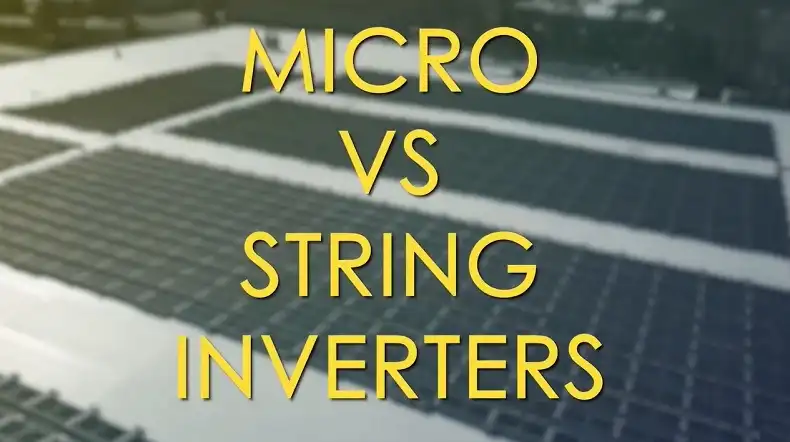
When installing a solar panel system for your home, choosing the right inverter is just as crucial as selecting the panels themselves.
Solar inverters play a vital role in converting the direct current (DC) electricity generated by your panels into the alternating current (AC) electricity that powers your home.
The two main types of inverters for residential solar installations are string inverters and microinverters. Each has its own set of advantages and considerations, making the choice between them a critical decision in optimizing your solar system’s performance and long-term value.
This article will explore the key differences between string inverters and microinverters, helping you understand which option might be best suited for your specific solar needs and home setup.
Types of Solar Inverters
Solar inverters are essential components of any solar panel system, responsible for converting the direct current (DC) electricity produced by solar panels into alternating current (AC) electricity that can be used in your home or fed back into the grid.
There are two main types of inverters commonly used in residential solar installations: string inverters and microinverters. Let’s take a closer look at each type and their characteristics.
1. String Inverters
String inverters, also known as central inverters, are the traditional and most widely used type of solar inverter worldwide. They work by connecting multiple solar panels in a series, or “string,” to a single inverter.
How they work:
- Solar panels are grouped into strings and connected to a central inverter
- The inverter converts DC electricity from the entire string into AC electricity
- Typically installed on a wall near your main electrical panel or meter
Pros:
- Lower initial cost compared to microinverters
- Simpler system design with fewer components
- Easier to maintain and troubleshoot as there’s only one central unit
- Well-suited for systems with consistent sunlight and no shading issues
Cons:
- The entire string’s performance is limited by the lowest-performing panel
- Less effective in partial shading conditions
- More difficult to expand the system in the future
- Typically have a shorter lifespan (10-12 years) compared to microinverters
- May require additional equipment to meet rapid shutdown requirements
2. Microinverters
Microinverters are a more recent technology that has gained popularity in residential solar installations. These small devices are installed directly on the back of each solar panel.
How they work:
- Each solar panel has its own microinverter
- DC to AC conversion happens at the panel level
- AC electricity is sent directly from each panel to your home’s electrical system
Pros:
- Optimize the performance of each individual panel
- Better performance in partial shading or complex roof orientations
- Easier to expand the system in the future
- Typically come with longer warranties (25 years)
- Provide panel-level monitoring for detailed performance tracking
- Inherently comply with rapid shutdown requirements
Cons:
- Higher upfront cost compared to string inverters
- More components on the roof, which could potentially increase maintenance needs
- Can be more challenging to diagnose and repair issues
3. Power Optimizers (Hybrid Option)
While not a separate inverter type, power optimizers are worth mentioning as they offer a middle ground between string inverters and microinverters.
- Installed on each panel like microinverters
- “Condition” the DC electricity before sending it to a central string inverter
- Provide many benefits of microinverters (panel-level optimization, monitoring) at a lower cost
- Still require a central string inverter for final DC to AC conversion
Understanding these different inverter types is crucial in making an informed decision for your solar installation. In the next section, we’ll explore the key factors to consider when choosing between these inverter options for your specific needs.
Factors to Consider When Choosing an Inverter
Selecting the right inverter for your solar panel system involves weighing several important factors.
Each home and solar installation is unique, so it’s essential to consider your specific circumstances when making this decision. Here are the key factors to keep in mind:
1. Roof Design And Shading
The layout of your roof and any potential shading issues play a significant role in determining the best inverter type for your system.
- Simple, unshaded roofs: String inverters may be sufficient and cost-effective
- Complex roof designs or partial shading: Microinverters or power optimizers can help maximize energy production
Consider any trees, chimneys, or other structures that might cast shadows on your panels throughout the day or year.
2. System Size and Potential Future Expansion
Think about both your current energy needs and any potential increases in the future.
- String inverters: Less flexible for system expansion, may require additional inverters
- Microinverters: Easier to add panels in the future without major system changes
If you’re considering getting an electric vehicle or adding more electrical appliances in the future, the ability to easily expand your system might be valuable.
3. Monitoring Capabilities
Different inverter types offer varying levels of system monitoring.
- String inverters: Typically provide overall system production data
- Microinverters and power optimizers: Offer panel-level monitoring for more detailed performance tracking
Consider how important it is for you to have granular data on each panel’s performance.
4. Cost Considerations
While not the only factor, cost is certainly an important consideration for many homeowners.
- String inverters: Generally the most affordable option upfront
- Microinverters: Higher initial cost but may offer better long-term value in certain situations
- Power optimizers: Often a middle-ground option in terms of cost
Remember to consider both upfront costs and potential long-term savings or benefits when making your decision.
5. Warranty Length
The length and coverage of the warranty can provide peace of mind and potentially save you money in the long run.
- String inverters: Typically come with 10-12 year warranties
- Microinverters: Often offer 25-year warranties, matching the lifespan of solar panels
Consider how the warranty length aligns with your long-term plans for the solar system and your home.
By carefully considering these factors in the context of your specific situation, you can make a more informed decision about which inverter type is best suited for your solar panel system.
Comparing String Inverters and Microinverters
Now that we’ve explored the key factors to consider, let’s dive into a more detailed comparison between string inverters and microinverters.
This head-to-head analysis will help you understand how these two inverter types stack up against each other in various aspects of performance, installation, maintenance, and cost.
Performance in Different Conditions
- Shading and Complex Roof Designs:
- String Inverters: Performance of the entire string is affected by shading on even one panel
- Microinverters: Each panel operates independently, minimizing the impact of partial shading
- Energy Harvest:
- String Inverters: May have slightly lower overall energy harvest due to string-level limitations
- Microinverters: Can potentially harvest more energy by optimizing each panel individually
Ease of Installation and Maintenance
- Installation:
- String Inverters: Simpler installation with fewer components on the roof
- Microinverters: More components to install, but can be easier in some complex roof situations
- Maintenance and Repairs:
- String Inverters: Easier to diagnose issues with a central unit, but failure affects the entire system
- Microinverters: More challenging to diagnose specific issues, but failures only affect individual panels
Lifespan and Warranty
- Expected Lifespan:
- String Inverters: Typically 10-15 years
- Microinverters: Often match the 25-30 year lifespan of solar panels
- Warranty Coverage:
- String Inverters: Usually 10-12 year warranties
- Microinverters: Commonly offer 25-year warranties
Cost Comparison
- Initial Cost:
- String Inverters: Lower upfront cost
- Microinverters: Higher initial investment
- Long-term Value:
- String Inverters: May require replacement before the end of the solar panel’s life
- Microinverters: Higher upfront cost but potentially better long-term value due to longer lifespan and warranties
- System Expansion:
- String Inverters: More costly to expand the system later
- Microinverters: Easier and potentially less expensive to add panels in the future
Special Considerations
When choosing between string inverters and microinverters, there are a couple of additional factors that may influence your decision, especially if you’re considering future upgrades or need to meet specific safety requirements.
Compatibility with Battery Storage
If you’re thinking about adding a battery storage system to your solar installation, either now or in the future, it’s important to consider how different inverter types work with batteries.
- String Inverters:
- Many modern string inverters are designed to be compatible with DC-coupled battery systems
- Some may require additional equipment for AC-coupled batteries
- Generally offer more flexibility in battery options
- Microinverters:
- Typically work best with AC-coupled battery systems
- May have more limited battery compatibility options
- Some newer microinverter models are designed to work with specific battery systems
If battery storage is a priority for you, discuss the compatibility of different inverter and battery combinations with your solar installer to ensure you choose a system that meets your current and future needs.
2. Rapid Shutdown Requirements
Rapid shutdown is a safety requirement in many jurisdictions, designed to quickly de-energize solar panels in emergency situations, such as during a fire.
- String Inverters:
- May require additional equipment to meet rapid shutdown requirements
- Some newer models have built-in rapid shutdown capabilities
- The cost of additional rapid shutdown devices should be factored into the overall system cost
- Microinverters:
- Inherently comply with rapid shutdown requirements
- No additional equipment needed, which can simplify installation and reduce potential points of failure
Conclusion
Choosing between string inverters and microinverters for your solar panel system is a crucial decision that can significantly impact your system’s performance, longevity, and overall value.
While there’s no one-size-fits-all solution, understanding the strengths and limitations of each inverter type can help you make an informed choice that best suits your specific needs.
Ultimately, the best inverter for your solar system will depend on your unique circumstances, priorities, and budget. Consult with reputable solar installers who can assess your specific situation and provide personalized recommendations.

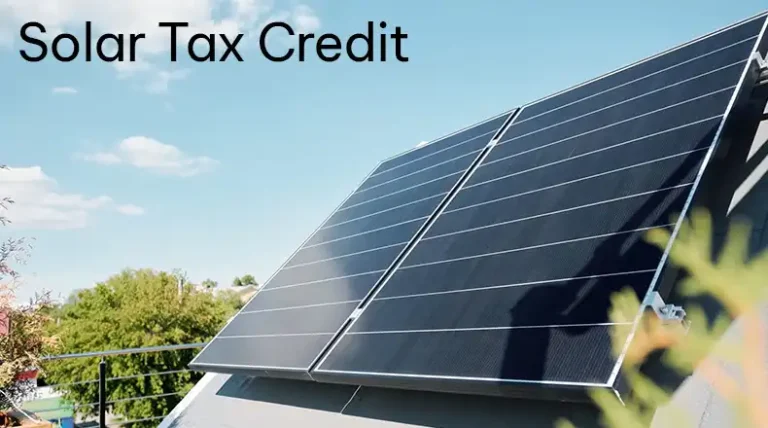
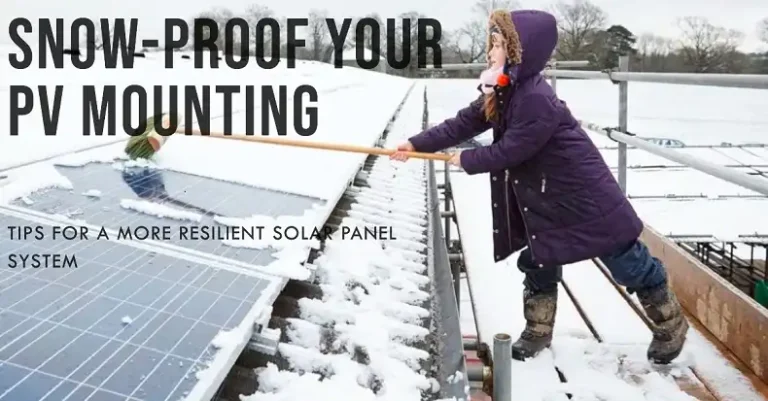
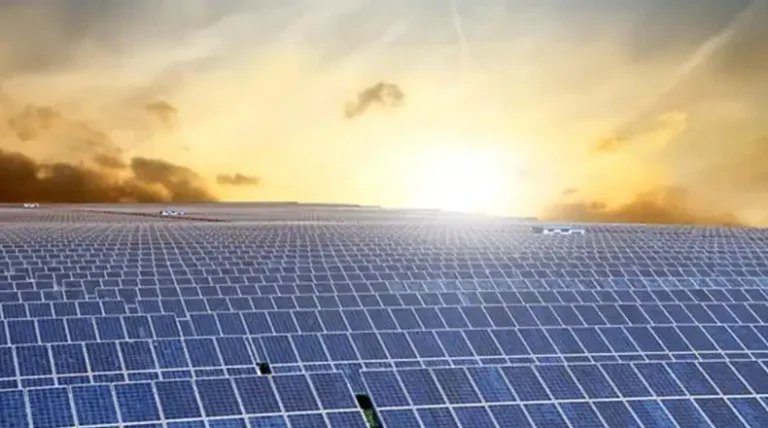
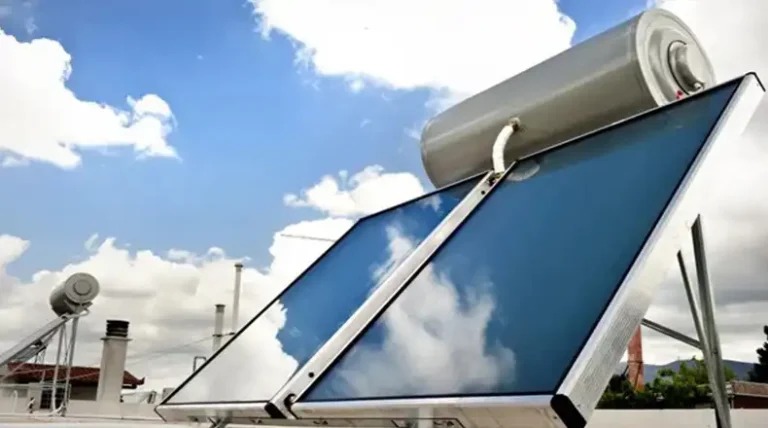
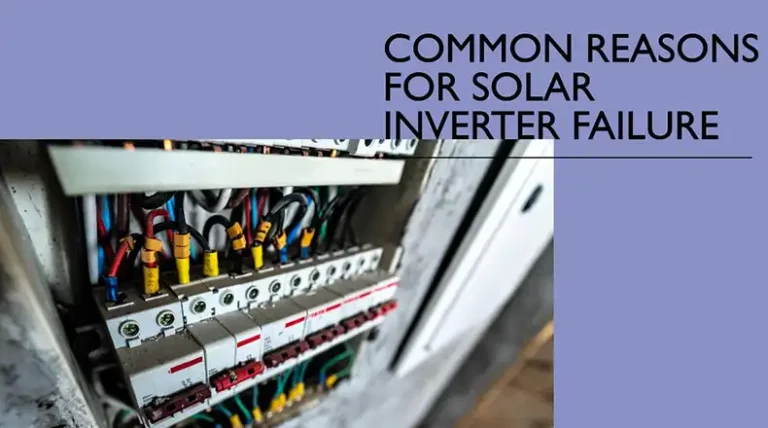
![Best Solar Companies in San Jose | [2024 Guide]](https://www.itekenergy.com/wp-content/uploads/2024/03/Best-Solar-Companies-in-San-Jose-768x428.webp)